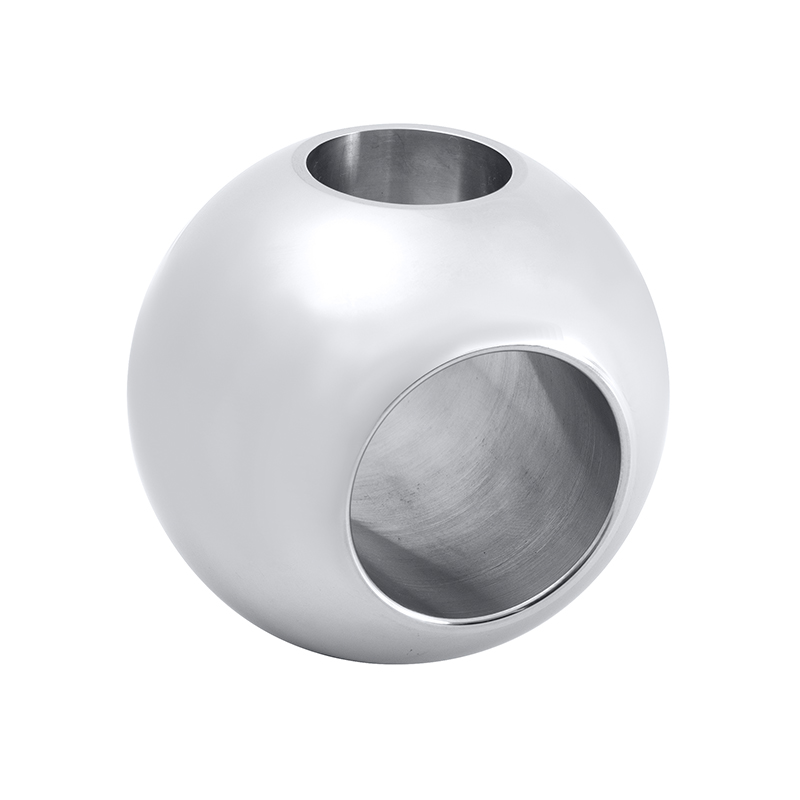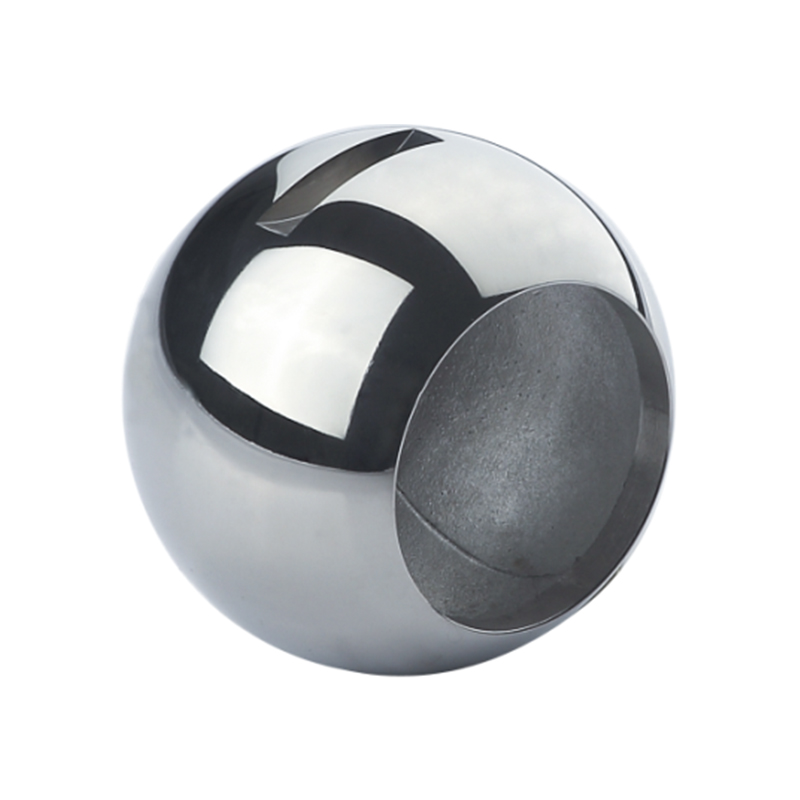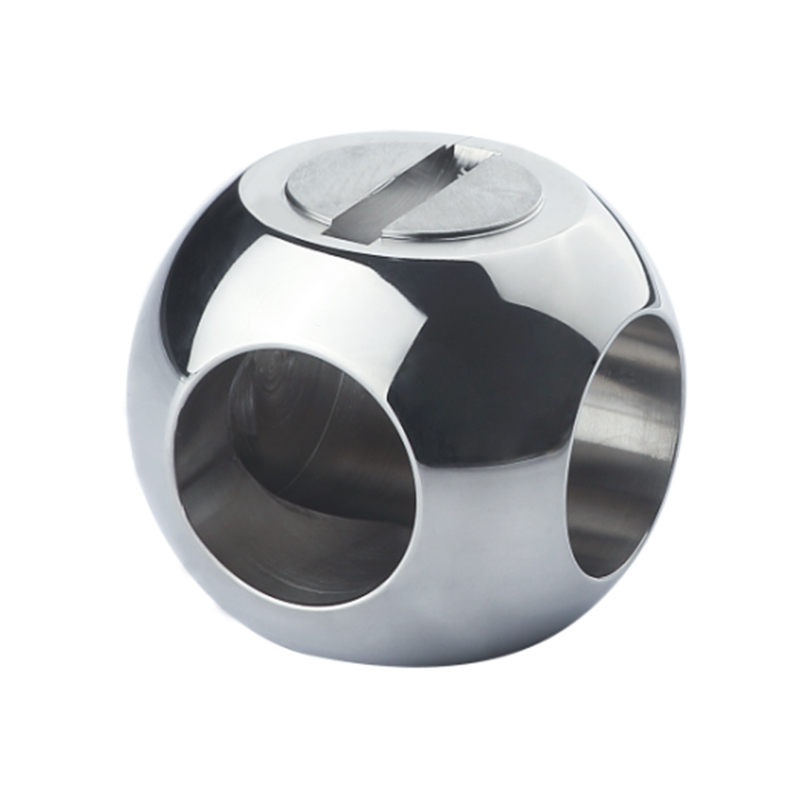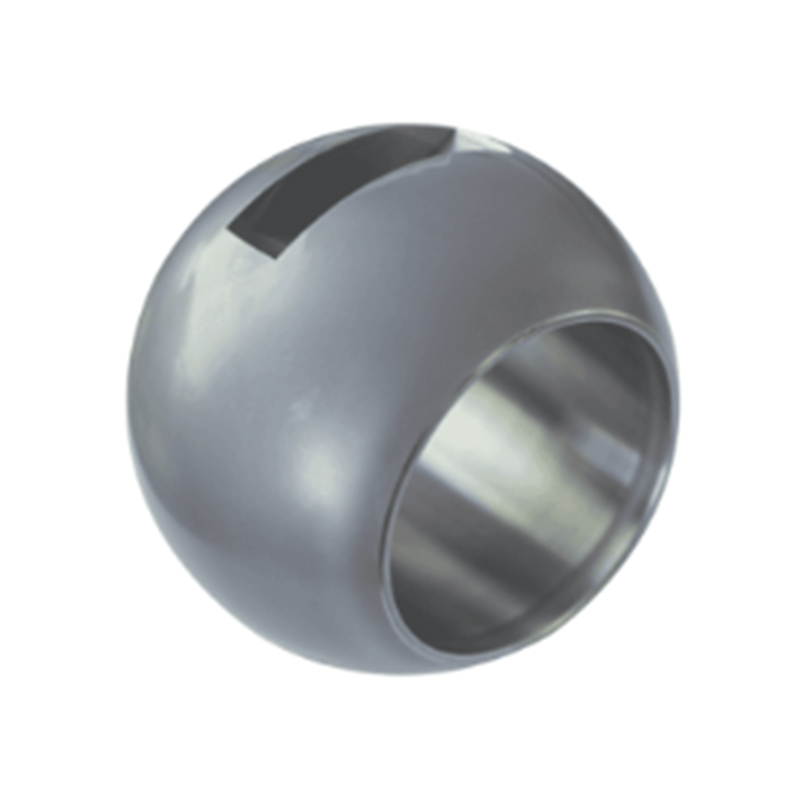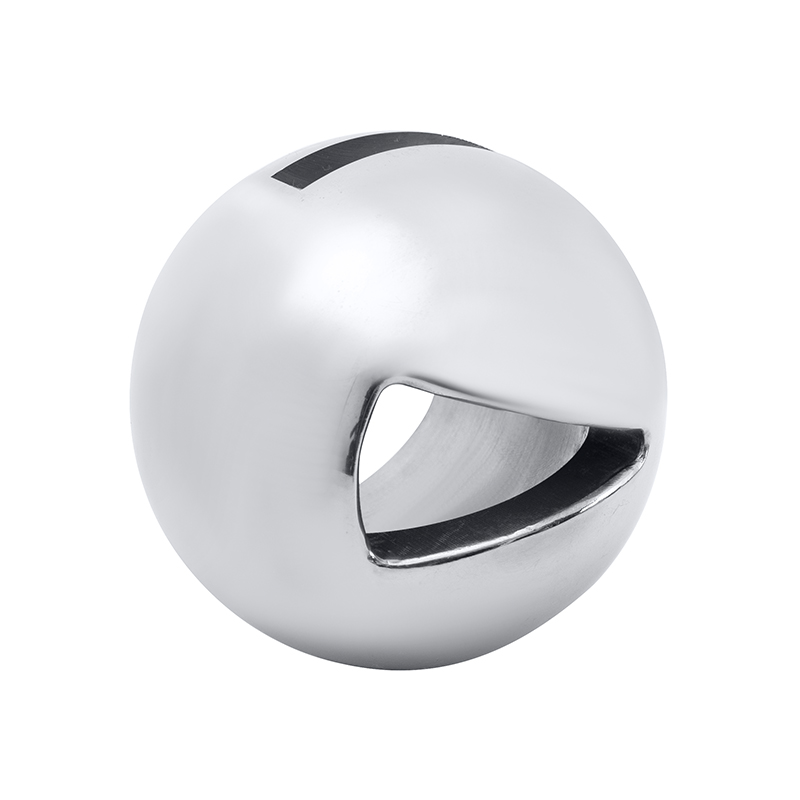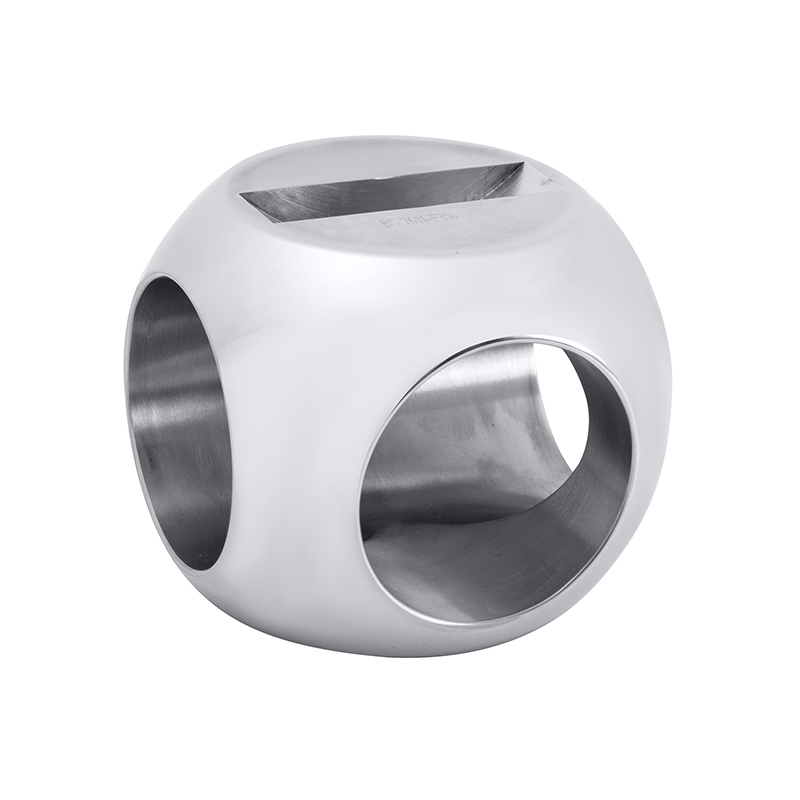In industrial systems where fluid control is critical, the performance of valve components directly impacts safety, efficiency, and system longevity. Among these components, the valve ball plays a central role in maintaining pressure control, ensuring tight sealing, and facilitating smooth operation. Understanding how valve ball pressure ratings are determined involves examining factors such as sealing mechanisms, valve stem integrity, material properties, and the standards followed by ball valve manufacturers.
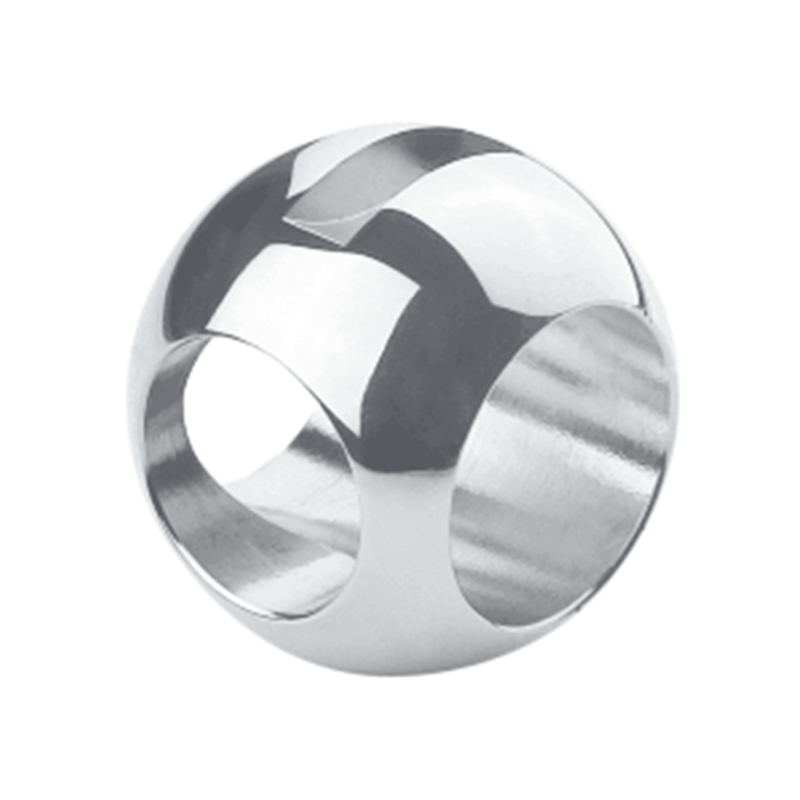
Understanding Pressure Ratings in Valve Design
Pressure rating refers to the up to pressure a valve component can withstand while maintaining its structural integrity and sealing function. For a valve ball, this means it must resist deformation, maintain its spherical shape, and work seamlessly with the surrounding seal and valve housing components.
Pressure ratings are typically determined based on standardized testing conditions, including ambient temperature and fluid type. However, in real-world industrial applications, temperature fluctuations, aggressive chemicals, and mechanical stresses can alter a valve ball’s performance. This makes accurate pressure rating design even more critical.
The Role of the Seal and Valve Compatibility
One of the key aspects in determining the pressure rating of a valve ball lies in how effectively it works with the seal and valve body. The seal, often made from elastomeric or thermoplastic materials, must withstand internal pressure while maintaining contact with the surface of the valve ball. Any surface imperfection or mismatch in material compatibility can advance to leakage or premature wear.
Valve balls with precision surface finishes enable better sealing performance, reducing the chance of pressure loss. The type of seal—whether it is a floating seat or a trunnion-mounted configuration—also plays a part in how pressure is managed. In high-pressure scenarios, trunnion-mounted balls are often used to less the load transferred to the seal.
Additionally, the interaction between the seal and valve ball must account for thermal expansion. When internal temperatures rise, different materials expand at different rates. Ball valve manufacturers must carefully select materials that can expand without disrupting the seal integrity, especially in high-pressure and high-temperature applications.
Industrial Valve Stem and Structural Support
The valve stem is another crucial element influencing pressure performance. It connects the actuator or handle to the valve ball and transmits the torque required for operation. In high-pressure applications, the stress on the industrial valve stem increases significantly. If the stem material is not properly rated or if the connection between the stem and valve ball is weak, the entire valve assembly can fail.
Ball valve manufacturers often reinforce the industrial valve stem using anti-blowout designs and stem seals to prevent accidental ejection under pressure. The quality of this connection plays a direct role in how much pressure the valve assembly can safely tolerate. In particular, metal-seated ball valves used in high-pressure industries require robust stem materials and secure locking mechanisms.
Materials and Machining Considerations
Material selection is essential in determining pressure ratings. Valve balls are commonly made from stainless steel, carbon steel, brass, or special alloys, depending on the application. Material strength, corrosion resistance, and temperature stability are all evaluated during the design phase. High-grade metals enable the valve ball to endure higher pressures without permanent deformation.
Precision machining of the valve ball also affects pressure handling. Surface roundness, concentricity, and hardness all influence the seal contact and mechanical stress distribution. Modern ball valve manufacturers employ CNC equipment and non-destructive testing to ensure these critical specifications are met consistently.
Industry Standards and Manufacturer Practices
Ball valve manufacturers often adhere to established international standards such as ANSI, ASME, API, and ISO when determining pressure ratings. These standards provide guidelines for pressure testing procedures, material requirements, and design parameters. Static pressure tests, hydrostatic shell tests, and seat leakage tests are routinely conducted to confirm performance.
In addition to compliance testing, manufacturers may also simulate real-world operating conditions, including pressure surges and thermal cycling, to validate long-term reliability. These tests help engineers adjust design features such as seat geometry, stem engagement, and seal material to ensure that the valve ball performs within its rated pressure range throughout its operational life.
The science behind valve ball pressure ratings is a multi-disciplinary process involving materials engineering, mechanical design, fluid dynamics, and manufacturing precision. Every component—from the seal and valve body to the industrial valve stem and the ball itself—must work together to maintain consistent performance under pressure. By understanding these factors, engineers and end-users can better evaluate valve components for their specific industrial needs, ensuring safety and durability without compromising functionality.

 English
English Español
Español Deutsch
Deutsch
